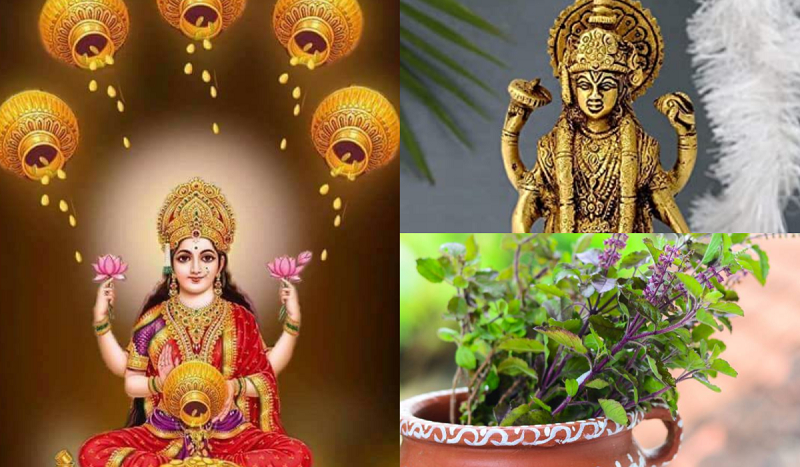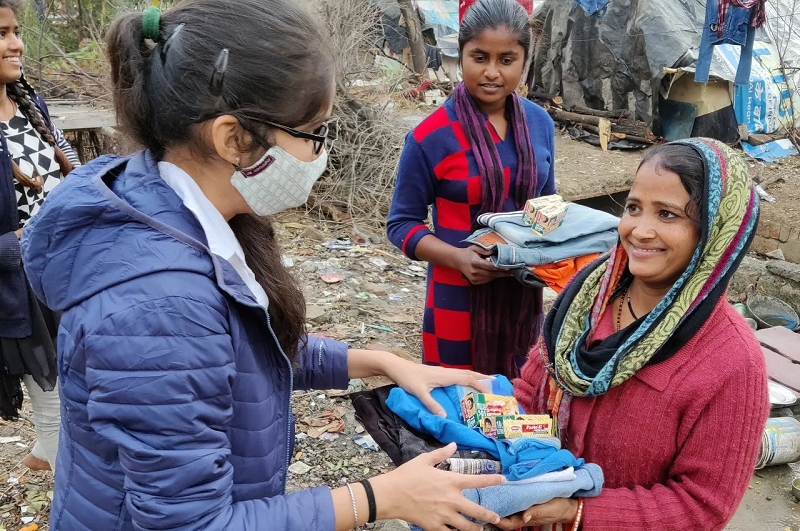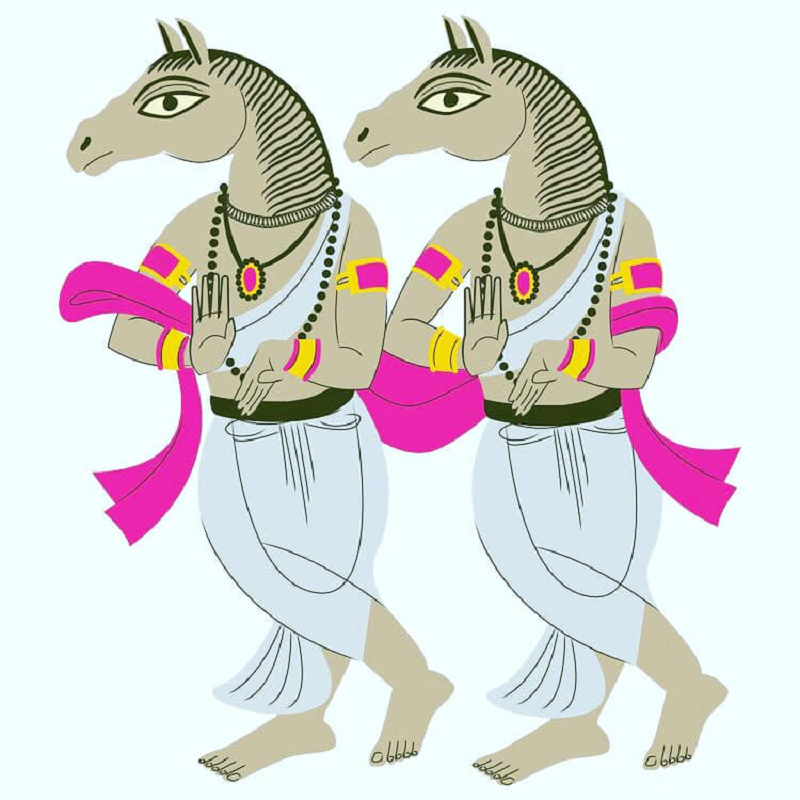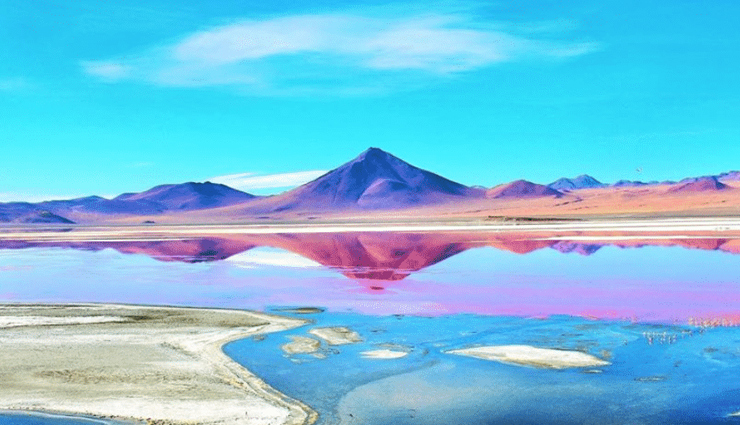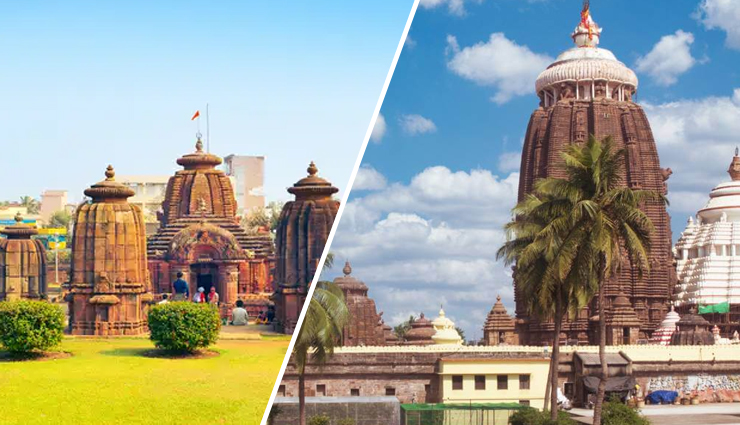Whenever it comes to visiting Rajasthan, the name of historical forts comes to the top, which is known for its proud history. One such fort is Kumbhalgarh which has been included in the UNESCO World Heritage Site list. Along with this, it is also famous for having the second longest wall in the world after the Great Wall of China. There are about 360 temples in the entire fort, of which 300 are Jain temples and 60 are Hindu temples with elaborately and delicately carved structures. Rana Kumbha's dominions had 84 forts out of which Rana Kumbha built 32 of them, of which Kumbhalgarh is the largest and most spacious.

Kumbhalgarh Fort was used as a refuge for the rulers of Mewar in times of danger. Kumbhalgarh Fort is also the birthplace of Maharana Pratap, along with the construction of this fort, this fort was attacked by external invaders for years but no one got successful, history only once this fort was conquered by enemies. Akbar's general, Shabbaz Khan, took control of the fort in 1576. But it was taken back by Maharana Pratap in 1585 through guerrilla warfare. Six forts of Rajasthan, namely, Amber Fort, Chittor Fort, Gagron Fort, Jaisalmer Fort, Kumbhalgarh, and Ranthambore Fort were included in the UNESCO World Heritage Site list during the 37th meeting of the World Heritage Committee in Phnom Penh city of Cambodia in June 2013. Went.
The geographical location of Kumbhalgarh Fort
The Kumbhalgarh Fort is situated amid a wide range of Aravalli hills in the Rajsamand district near Udaipur in the state of Rajasthan in western India. This historical place of Rajasthan is included in the World Heritage Site. The fort was built by Rana Kumbha during the 15th century. The distance between Kumbhalgarh and Udaipur by road is only 82 km.
After Chittorgarh Fort, Kumbhalgarh Fort is the most important fort of the Mewar state at that time. Built at an altitude of 1,100 meters (3,600 ft) above sea level on the Aravalli range, Kumbhalgarh Fort is recognized in the world by its encircling wall which is 36 km (22 mi) long and 15 ft wide, making it one of the largest forts in the world. It forms one of the longest walls.
Kumbhalgarh has seven fortified gates. Tourists can enter the fort through Aret Pol, Hanuman Pol, and Ram Pol. Aret Pol is located in the south while Ram Pol is in the north. Hanuman Pol has the image of Hanuman which was brought by Rana Kumbha from Mandavpur. The fort complex can be accessed through Bhairon Pol, Nimbu Pol, and Pagara Pol. There is another gate in the fort on the east side, Danibat. There are more than 360 temples within the fort, 300 ancient Jain and 60 Hindu temples. From the top of the fort, the Aravalli range can be seen for several kilometers. The dunes of the Thar Desert can be seen from the fort walls.
Kumbhalgarh Fort Wall
Surrounding the ancient fort of Kumbhalgarh from all sides, this wall is full of India's most hidden secrets, many stories are also heard among the local people about this wall. The main reason for the construction of this wall was to protect a huge fort from external invasion. This wall was built by Rana Kumbha along with the construction of Kumbhalgarh Fort. The length of this wall around the fort is 36 kilometers and the width is 15 meters. It is said that 10 horses can run simultaneously on this wall. Because of its length, the Great Wall of China is the second-largest wall in the world after the Great Wall of China. This wall is also called the Great Wall of India.

Places to visit in Kumbhalgarh Fort
Badal Mahal Kumbhalgarh
Kumbhalgarh Fort has a cloud position at the top. Badal Mahal is a two-storied palace. The entire building of Badal Mahal is divided into two separate parts, which are called Mardana Mahal and Zanana Mahal. The structure of Badal Mahal is like the 19th century, there are beautiful colorful rooms inside the palace, and the palace has been made with pastel-colored murals. The rooms of the palace are painted in turquoise, green, and white colors. Due to being located at the highest height in the fort, this palace is also called the Palace of Clouds. One of the main attractions inside the fort is Janna Mahal, this part of the palace has stone lattices used to watch the proceedings of the Queen's court and other important events. The room air conditioning system of the palace is very creative, allowing cool air to enter the beautiful rooms.
Two other historically significant places inside the Kumbhalgarh fort are the birthplace of Maharana Pratap called Jhalia ka Malia near Pagda Pol and the last fortified gate near Nimbu Pol. It is this place that bears testimony to the supreme sacrifice of the faithful servant Pannadhay, who sacrificed his son Chandan to save the life of Kunwar Udai Singh and saved the young Maharaja Udai Singh by sending him to a safe place.
Neelkanth Mahadev Temple Kumbhalgarh
The most important and revered temple in the fort is the temple of Neelkanth Mahadev, dedicated to Lord Shiva. With its huge round dome, 24 pillars on the intricately carved ceiling, wide courtyard, and 5 feet high lingam, the temple is a unique piece of architecture. It is believed that Maharana Kumbha had deep faith in Lord Shiva, so he did not start his day without praying to Lord Shiva. An interesting story is also heard there that the height of Rana Kumbha was so much that when he used to sit to pray, his eyes were equal to the eyes of the Lord's idol installed in the temple. The palace inscription suggests that the temple was renovated by Rana Sanga.
Vedi Temple Kumbhalgarh
Vedi Mandir is a Jain temple that has three stories and was built in an octagonal shape. The temple was built by Rana Kumbha and is situated near Hanuman Pol. The construction of this temple was mainly done for performing Yagya and Havan, at present it is the only temple of its kind. To go to the temple, people have to go to the temple through the stairs. The roof of the temple rests on 36 pillars and has a dome at the top. Rana Fateh renovated this temple during his reign.
Parshwanath Jain Temple Kumbhalgarh
Parshvanatha was a Jain Tirthankara and to worship him, Nar Singh Pokhar built a temple. The idol of Parshvanath is installed here, which is three feet in height.
Bawan Devi Temple Kumbhalgarh
As there are 52 temples in the same complex, it is named Bawan Devi Temple. There is only one entrance to the temple through which devotees can enter. Out of 52 idols, two are big and the rest are small and they are placed around the wall. A statue of a Jain Tirthankara is also situated on the frontal lobe of the gate.
Golare Jain Temple Kumbhalgarh
The temple of the Golaro group is located near the Bawan Devi temple, which has images of gods and goddesses carved on its walls.
Mamdev Temple Kumbhalgarh
Mamdeo Temple is also known as Kumbh Shyam Temple. This is the same place where Rana Kumbha was murdered by his son while he was kneeling in prayer. The temple has a pillared mandapa all around and a flat-roofed sanctum sanctorum. Along with this, idols of gods and goddesses have been engraved on the walls. There is also an inscription here in which Rana Kumbha has given the details of the history of Kumbhalgarh.
Pital Shah Jain Temple Kumbhalgarh
Pitaliya Dev Temple is a Jain temple built by Pitaliya Jain Seth. Here also there is a pillared pavilion and a sanctum sanctorum and people can enter here from all four directions. Statues of gods and goddesses, apsaras, and dancers have also been made in the temple.

Kumbhalgarh Wildlife Sanctuary
Kumbhalgarh Wildlife Sanctuary is a popular tourist destination and sanctuary in the state of Rajasthan, covering a total surface area of 578 km² in the Rajsamand district. This wildlife sanctuary covers parts of Udaipur, Rajsamand, and Pali across the Aravalli range. The Kumbhalgarh Fort is also included in this sanctuary and after this fort, the area is named Kumbhalgarh Wildlife Sanctuary.
This hilly and dense forest of Kumbhalgarh is completely different from the desert region of Rajasthan, the green part of this park acts as a dividing line between the two parts of Rajasthan, Mewar, and Marwar. Let us tell you that the place where this sanctuary is located today was once a royal hunting ground and in 1971 it was converted into a sanctuary. The Banas River flowing here adds to the beauty of the sanctuary and is also a primary source of water for it. Kumbhalgarh Wildlife Sanctuary is a very vast forest area, many wildlife animals are found here and tourists keep coming throughout the year to see the forest full of dense vegetation.
(PC: Lifeberrys)


